21 Skill-Boosting At-Home Activities to Try with Your Child This Winter
December 15, 2020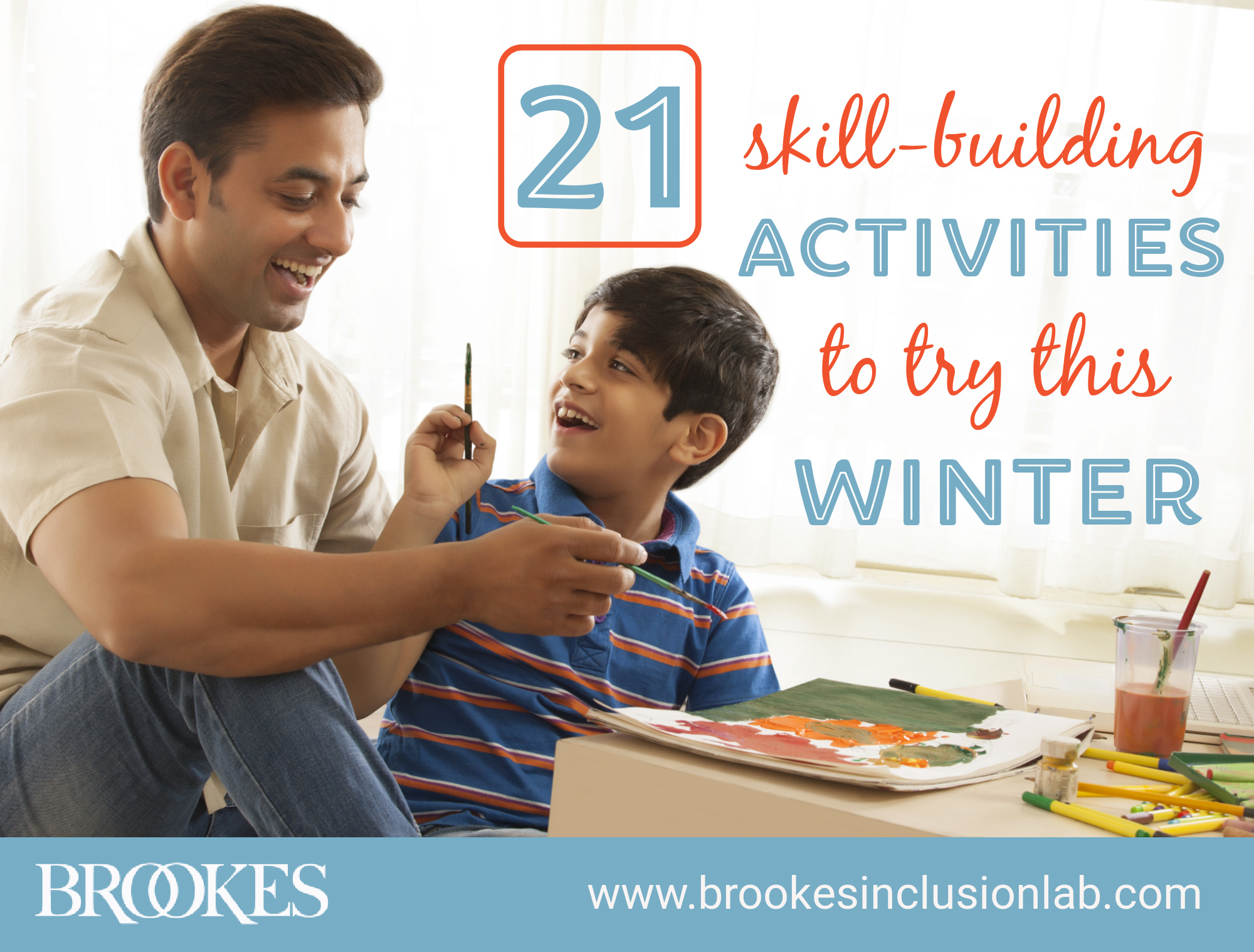
With COVID-19 still complicating the everyday lives of families across the country, many parents continue to struggle with the effects of the pandemic—and worry about the impact this era has had on their young children’s developmental and social-emotional milestones.
While we can’t pretend to have easy solutions to the pain, frustration, and uncertainty that has touched so many families, we can offer some simple, low- and no-cost suggestions for helping parents nurture their children this winter. If you need extra ideas for keeping young children busy and boosting their development at the same time, this post is for you. Share it with the families you know and keep it handy for those cold winter months, when the kids’ favorite refrain is “there’s nothing to do!”
Make pet puppets. Paper bag puppets are a classic childhood activity and a great way to hone motor skills. Kids who love animals might enjoy creating their own new “pet” or other creature with the familiar paper-bag template. Use the base fold of the paper bag as the face so that when the child’s hand is placed inside the bag, the fold can be used to open and close the mouth. Show your child how to glue red construction paper inside the fold to represent the tongue, use yarn or cotton balls for fur, and make other construction paper cutouts for facial features: ears, nose, and mouth. When the puppets are finished, ask to talk to your child’s new pet and have a conversation.
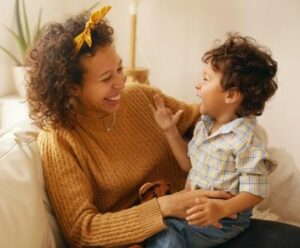 Solve riddles together. Riddles are a great way to nurture problem-solving skills in young children. Tell your child to use their brain and solve riddles like: “Can you name an animal that gives us something to drink?” (cow), “Can you think of something that flies but doesn’t have wings?” (flag, rocket, kite), and “Can you think of something that rolls but doesn’t have wheels?” (ball, orange). If your child can’t think of an answer, give hints until they get it. Then ask your child to make up a riddle for you to solve, too!
Solve riddles together. Riddles are a great way to nurture problem-solving skills in young children. Tell your child to use their brain and solve riddles like: “Can you name an animal that gives us something to drink?” (cow), “Can you think of something that flies but doesn’t have wings?” (flag, rocket, kite), and “Can you think of something that rolls but doesn’t have wheels?” (ball, orange). If your child can’t think of an answer, give hints until they get it. Then ask your child to make up a riddle for you to solve, too!
Turn a bookshelf into a pretend world. If you can clear off a few shelves of a bookcase in your home (or if you have an old bookshelf no one’s using at the moment), those empty spaces can be transformed into something magical. With your child’s help, set up a dollhouse, garage, farm, space station, or undersea world on the empty shelves—if you have more than one area to work with, you can even try a different theme on each shelf. Arrange small toys and dolls to create the setting, and encourage the child to move them around, play out pretend stories, and imagine conversations. For a backdrop, you can tape up photographs, a child’s drawing, or images from old magazines to help set the scene. Once you get your child started, they’ll probably have lots of ideas about how to add to their new pretend world.
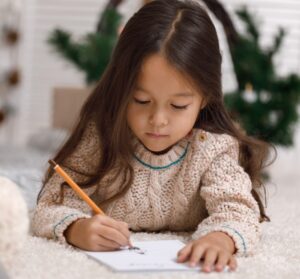 Write letters to loved ones. Build connections and boost early literacy and social skills by having your child write a letter to someone special to them. You can write the words your child wants to say, or your child can try writing the letter, depending on their developmental level. They can also draw pictures to accompany the words. Help your child write their name at the end of the letter and demonstrate how to address an envelope (you may need to do this part). Let your child add the stamp and mail the letter, and watch the mail for a happy reply.
Write letters to loved ones. Build connections and boost early literacy and social skills by having your child write a letter to someone special to them. You can write the words your child wants to say, or your child can try writing the letter, depending on their developmental level. They can also draw pictures to accompany the words. Help your child write their name at the end of the letter and demonstrate how to address an envelope (you may need to do this part). Let your child add the stamp and mail the letter, and watch the mail for a happy reply.
Interview your child about their interests. Open-ended questions stimulate a child to communicate more, and they enhance intimacy between child and adult. Have a Q&A session where you ask questions about the things that mean the most to your child, whether it’s Pokemon cards or dinosaurs or their favorite TV show. Children love explaining to adults about a topic dear to their interests, especially when they feel they know more about a topic than the adult does! Your genuine interest as you continue asking open-ended questions will boost their self-esteem.
Have fun with food coloring. Experimenting with food coloring is a time-honored activity kids love. Let your child color scrambled eggs blue, color a glass of milk red, tint mashed potatoes yellow, or a add a drop of green to a piece of apple or to a slice of bread before toasting it. Ask your child for ideas!
 Make a “My Family” book. Help your child create a book about their family with photographs, drawings, and pictures from newspapers or magazines. To promote communication skills, start by having a conversation with your child about what they want to put in the family book. Ask questions like, “Who is in our family?” “What types of activities does our family like?” “Where is our family from?” “What kinds of food does our family eat?” “What kind of music does our family like?” After the book is planned, your child can sharpen their fine motor skills by cutting the pictures into shapes with safety scissors, gluing or pasting them onto pages, and decorating the book with crayons or stickers.
Make a “My Family” book. Help your child create a book about their family with photographs, drawings, and pictures from newspapers or magazines. To promote communication skills, start by having a conversation with your child about what they want to put in the family book. Ask questions like, “Who is in our family?” “What types of activities does our family like?” “Where is our family from?” “What kinds of food does our family eat?” “What kind of music does our family like?” After the book is planned, your child can sharpen their fine motor skills by cutting the pictures into shapes with safety scissors, gluing or pasting them onto pages, and decorating the book with crayons or stickers.
Try some telephone talk. For a lively communication booster, keep a supply of toy telephones for conversations that a child can initiate with a sibling or adult. Kids can dial the phone and also hang up whenever they want to in these conversations. For a fun twist, play a game of “wrong number”—answer the phone as if you are a hairdresser, a doctor, a zoo director, etc., so the child can have fun interacting with each wrong-number character.
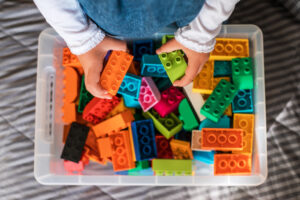 Race the cleanup clock. During a pandemic, when families are spending more time at home, messes can accumulate fast. Try different ways to make cleanup time a little more fun. Set a timer and race the cleanup clock: “I wonder how fast you can put away your toys. I’ll time you. Are you ready? On your mark, get set, go!” (If a timer may make your child anxious, you can also use a flashlight for a gentler variation: “I’ll shine the light on what you can put away next.”) Helping out is an important social skill to master, and quick games like these can make it easier for both you and your kids.
Race the cleanup clock. During a pandemic, when families are spending more time at home, messes can accumulate fast. Try different ways to make cleanup time a little more fun. Set a timer and race the cleanup clock: “I wonder how fast you can put away your toys. I’ll time you. Are you ready? On your mark, get set, go!” (If a timer may make your child anxious, you can also use a flashlight for a gentler variation: “I’ll shine the light on what you can put away next.”) Helping out is an important social skill to master, and quick games like these can make it easier for both you and your kids.
Make fancy bananas. Here’s a fun and easy idea for fine motor practice. Sit at a table and give your child a smooth ripe banana and a ballpoint pen. Show your child how to draw a face at one end and add some clothes with buttons, a belt, and other details. After your child decorates the banana, they can peel it and eat!
Compare name lengths. Help children clap out their names and those of their friends, pets, and family members (assign one clap to each syllable). Compare the lengths: Whose names have only one clap? Two? Three? Does anyone’s name have four or more? To help with both letter recognition and number skills, try writing the names on graph paper or homemade grids, one letter to each square, to see how many letters are in each name. Kids may be intrigued to discover that a one-clap name like Blake will sometimes have the same number of letters as a three-clap name like Anara.
 Have a fancy dinner at home. Dining out may not be an option for your family right now, but you can still have a fancy dinner at home—and your child can help! Ask your child to make special placecards for everyone by decorating a small square of paper for each “guest” and then folding the paper in half so it stands up. Help your child write each person’s name on a card and set all the cards on the table. Young children can also help with other simple tasks related to dinner prep, such as washing the potatoes or measuring and adding milk and butter; just be sure to supervise. Kids will enjoy making dinner a special time, and these tasks can help them hone their motor skills, too.
Have a fancy dinner at home. Dining out may not be an option for your family right now, but you can still have a fancy dinner at home—and your child can help! Ask your child to make special placecards for everyone by decorating a small square of paper for each “guest” and then folding the paper in half so it stands up. Help your child write each person’s name on a card and set all the cards on the table. Young children can also help with other simple tasks related to dinner prep, such as washing the potatoes or measuring and adding milk and butter; just be sure to supervise. Kids will enjoy making dinner a special time, and these tasks can help them hone their motor skills, too.
Find shapes in art. Art can provide a great introduction to geometric concepts. Using resources such as art postcards or illustrations in children’s books, help your child find geometric shapes in artworks. Point out rectangles, triangles, squares, ovals, diamonds, semicircles, hearts, crescents, pentagons, hexagons, and octagons.
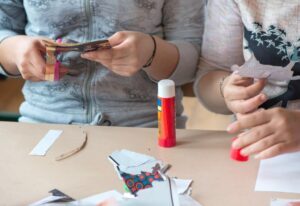 Create a food collage. For some easy fine-motor practice, have children cut out pictures of food from magazines or newspaper ads with safety scissors, and then glue them onto paper plates to make a food collage. They can make separate collages for their favorite and least favorite foods. Older children might also enjoy making a collage of the different food groups.
Create a food collage. For some easy fine-motor practice, have children cut out pictures of food from magazines or newspaper ads with safety scissors, and then glue them onto paper plates to make a food collage. They can make separate collages for their favorite and least favorite foods. Older children might also enjoy making a collage of the different food groups.
Make a homemade puzzle. Print out, draw, or cut out an image from a magazine, paste the image onto tagboard or cardboard, and cut it into several pieces for your child to put together. To help enrich alphabet skills, you can make puzzles that involve matching a letter with appropriate pictures or words, assembling a letter from parts and other cues, or matching uppercase letters with their lowercase counterparts.
Play a finding game. Give spatial skills a boost by playing simple finding games with children. For example, place a pile of buttons of different sizes on the table and ask: “Can you help the teddy bear find one large button and one small button?” Discuss the relative size of the buttons using adjectives like large, big, small, and little.
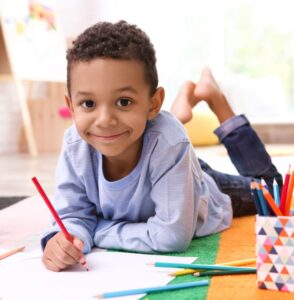 Pass notes. Kids love to get mail! Create a mailbox with your child from an old shoebox or tissue box, and write notes to your child to put in the box. Help them read the notes if they aren’t yet readers. Encourage them to practice their early writing skills by writing notes back to you (if they can’t yet write words, they can scribble or draw pictures and then “read” the note to you).
Pass notes. Kids love to get mail! Create a mailbox with your child from an old shoebox or tissue box, and write notes to your child to put in the box. Help them read the notes if they aren’t yet readers. Encourage them to practice their early writing skills by writing notes back to you (if they can’t yet write words, they can scribble or draw pictures and then “read” the note to you).
Paint with marbles. Squeeze several colors of tempera paint into dishes (use one dish for each color of paint) and place a marble in each paint dish. Show your child how to place a rolled-up piece of paper into a potato chip can or another long cylindrical can. Have the child pick up one paint-covered marble and place it into the can. The child can put the plastic lid on the can and shake or rotate it so the marble “paints” the paper inside the can. Repeat this process with the other marbles and then have the child remove the paper to see the colorful design. Place the paper on newspaper until the paint is dry.
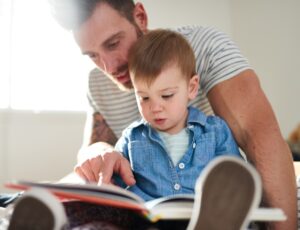 Read books that boost goodness and kindness. The world could definitely use more empathy, consideration, kindness, and helpfulness. You can promote these qualities in your child’s future interactions by choosing proactively useful books that model positive social-emotional skills and behaviors. Your book-reading choices increase the chances that children will learn more constructive ways to think about, deal with, and decrease future stresses and conflicts. (There are so many helpful book lists out there—here’s one list of 35 Children’s Books That Teach Empathy And Kindness.)
Read books that boost goodness and kindness. The world could definitely use more empathy, consideration, kindness, and helpfulness. You can promote these qualities in your child’s future interactions by choosing proactively useful books that model positive social-emotional skills and behaviors. Your book-reading choices increase the chances that children will learn more constructive ways to think about, deal with, and decrease future stresses and conflicts. (There are so many helpful book lists out there—here’s one list of 35 Children’s Books That Teach Empathy And Kindness.)
Slip math into storytime. Try posing “what if” questions during shared reading to enhance your child’s mathematical thinking. For example, you might choose to read a book like Benny’s Pennies (Brisson, 1995) and then ask the child questions like “What if Benny wanted to give you 10 cents? How many coins could he give you?” and “What if Benny put a penny in his bank every day for a month (or a year)? How much money would he have saved?”
 Tell your child the story of their name. Kids love to hear about the origins of their own name: Why was it chosen? What does it mean? Were they named after someone? You could also tell the story of other family names, or your child’s birth or adoption story. Lovingly sharing this type of information helps develop your child’s positive self-identity. You might try recording the story on a phone or other device and playing the recording at night like a bedtime story.
Tell your child the story of their name. Kids love to hear about the origins of their own name: Why was it chosen? What does it mean? Were they named after someone? You could also tell the story of other family names, or your child’s birth or adoption story. Lovingly sharing this type of information helps develop your child’s positive self-identity. You might try recording the story on a phone or other device and playing the recording at night like a bedtime story.
With the ideas in this article—and your own favorite at-home activities—you can create rich and varied learning experiences for your children at home this winter. And if you’re short on time and can’t make the most of every learning opportunity that comes your way, don’t worry; in times like these, every parent is just doing the best they can to get through the day. No matter what activities you do with your child this winter, enjoy exploring, learning, and just being together.
P.S. Don’t forget that activities should be supervised at all times by an adult. Any material, food, or toy given to a young child should be reviewed for safety.
EXPLORE THE BOOKS
The activities in this post were adapted from and inspired by the following books:
Activities 1, 14, and 18: Early Literacy in Action by Betty H. Bunce
Activities 2, 4, 6, and 10: ASQ®-3 Learning Activities by Elizabeth Twombly and Ginger Fink
Activities 3, 11, 15, and 17: Talk to Me, Baby! by Betty Bardige
Activities 5, 8, and 19: Little Kids, Big Worries by Alice Sterling Honig
Activities 7, 9, 12, and 21: ASQ®:SE-2 Learning Activities by Elizabeth Twombly, Leslie Munson, and Lois Pribble
Activities 13 and 16: Blocks and Beyond by Mary Jo Pollman
Activity 20: Cowboys Count, Monkeys Measure, and Princesses Problem Solve, by Jane M. Wilburne, Jane B. Keat, and Mary P. Napoli

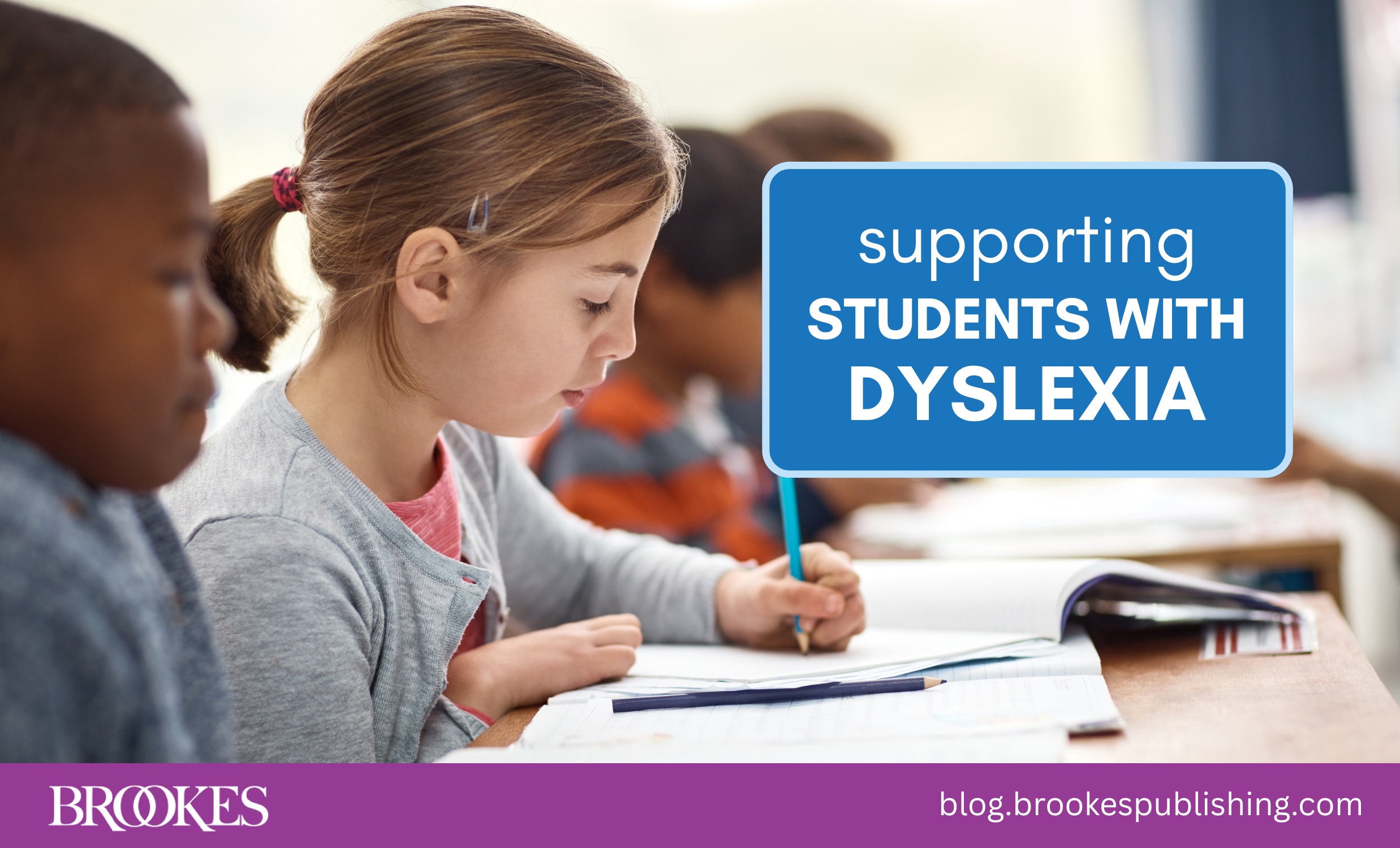
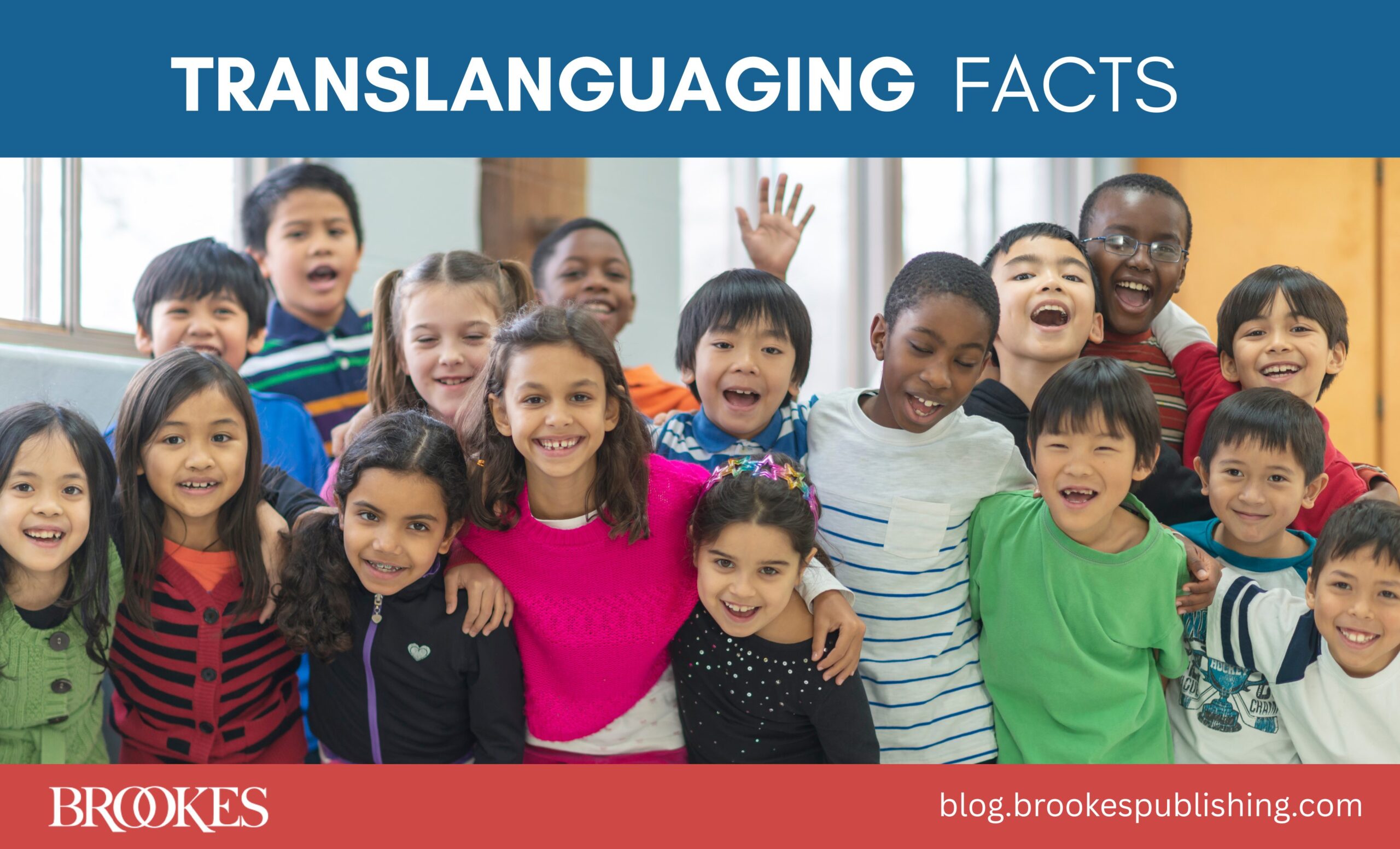
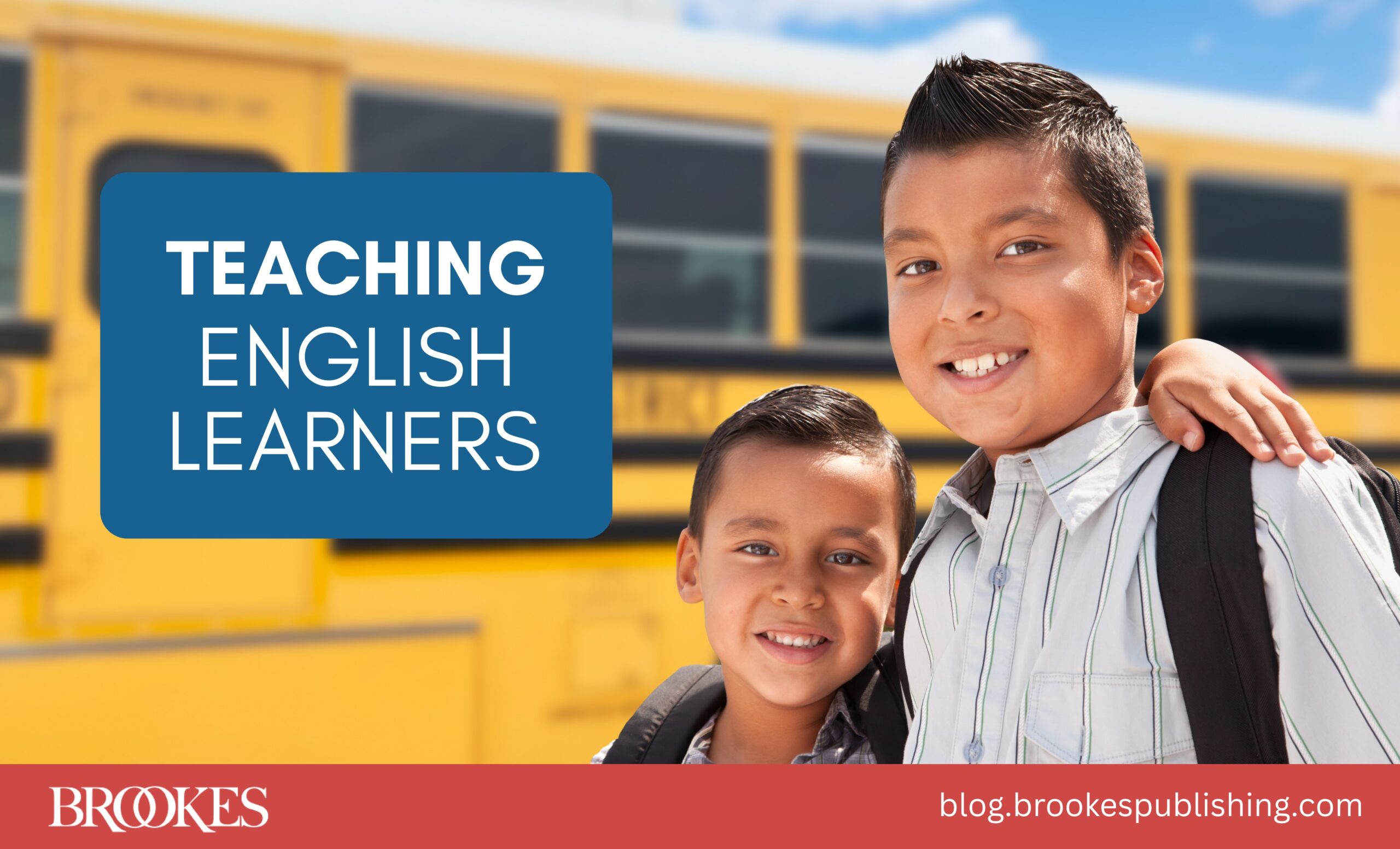
Write a Comment
Your email address will not be published. Required fields are marked *
Post a Comment